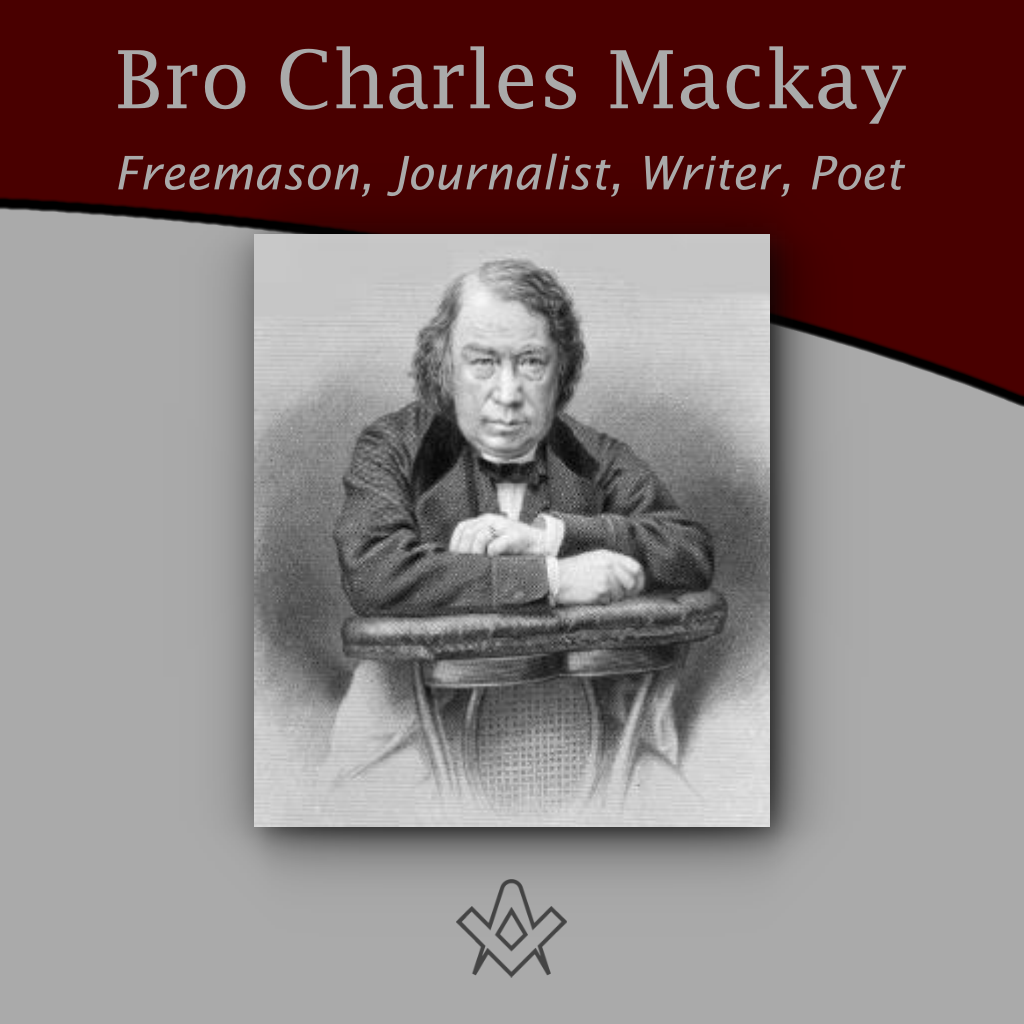Charles Mackay was born in Perth, Scotland, on 26 March, 1812, although for some obscure reason he himself, always declared it as 27 March, 1814.
His father, George Mackay was a member of the armed forces, serving at one time with the Royal Artillery.
His mother Amelia Cargill died very shortly after his birth.
Mackay spent little time in Scotland, the family moving to England where he spent most of the rest of his life.
In 1828 however, his father sent him to school in Brussels where he studied languages. In 1830, he gained employment as a private secretary, at which point he began writing in French and sending English poems to a local newspaper.
Returning to England he engaged in journalism, working as an occasional contributor to The Sun newspaper, before spending a number of years as Assistant Sub-Editor of the Morning Chronicle.
It was during his time at the Chronicle that Mackay met and became firm friends with a young writer just starting out on his literary career; one Charles Dickens.
In the autumn of 1839, Mackay returned to his homeland of Scotland as a visitor, spending a month there, during which time he took in the Eglintoun Tournament; the re-enactment of a medieval joust, his experience of which he recounted in the Chronicle.
He also made a number of acquaintances in Edinburgh at this time, and we can fairly speculate that some of them may have been Masonic.
He returned to Scotland on a more permanent basis in 1844 where he served as editor of the Glasgow Argus for three years before resigning.
He returned to London where he worked for the Illustrated London News eventually becoming editor in 1852.
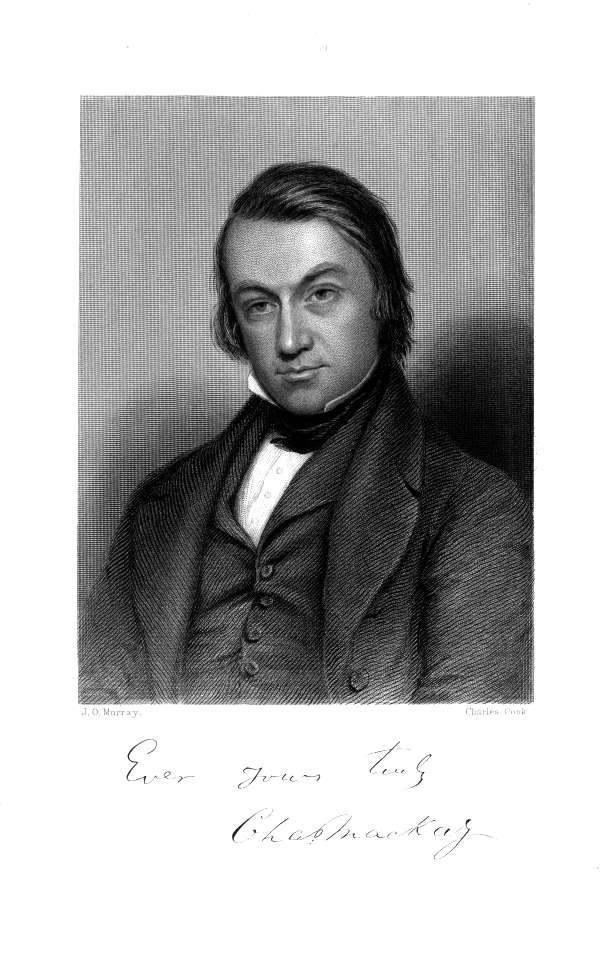
Charles Mackey, from Charles Rogers The Modern Scottish Minstrel, Volumes VI, 1856
In addition to his work in newspapers, Mackay was also a very accomplished writer and poet, and amongst his most famous works was: ‘Songs and Poems,’ published in 1834; and ‘Extraordinary Popular Delusions and Madness of Crowds,’ published in 1841.
He made a trip to North America, and in 1859 published his conclusions in ‘Life and Liberty in America: or Sketches of a Tour of the United States and Canada in 1857-58.’
He returned there as an American Civil War correspondent for The Times between 1862 and 1865, and was credited with uncovering and reporting on an Irish Republican group known as the Fenian Brotherhood.
Mackay’s former newspaper, the Illustrated London News carried the following report on the matter:
The New York correspondent of the Times (Mackay) states that the Fenians are remarkably active in the northern States, and that large funds are being collected and sent to Ireland, or expended in the purchase of arms…
The day has been fixed for the establishment of a provisional government: 200,000 men are sworn to sustain it; the American and Irish officers who have joined the movement are silently making their way into Ireland; and operations are to be inaugurated sooner, much sooner, than any of you can believe.
Each steamer on her arrival at Queenstown from New York or Boston is boarded by the police, who, as a telegram states, search the passengers’ luggage for arms or treasonable documents.
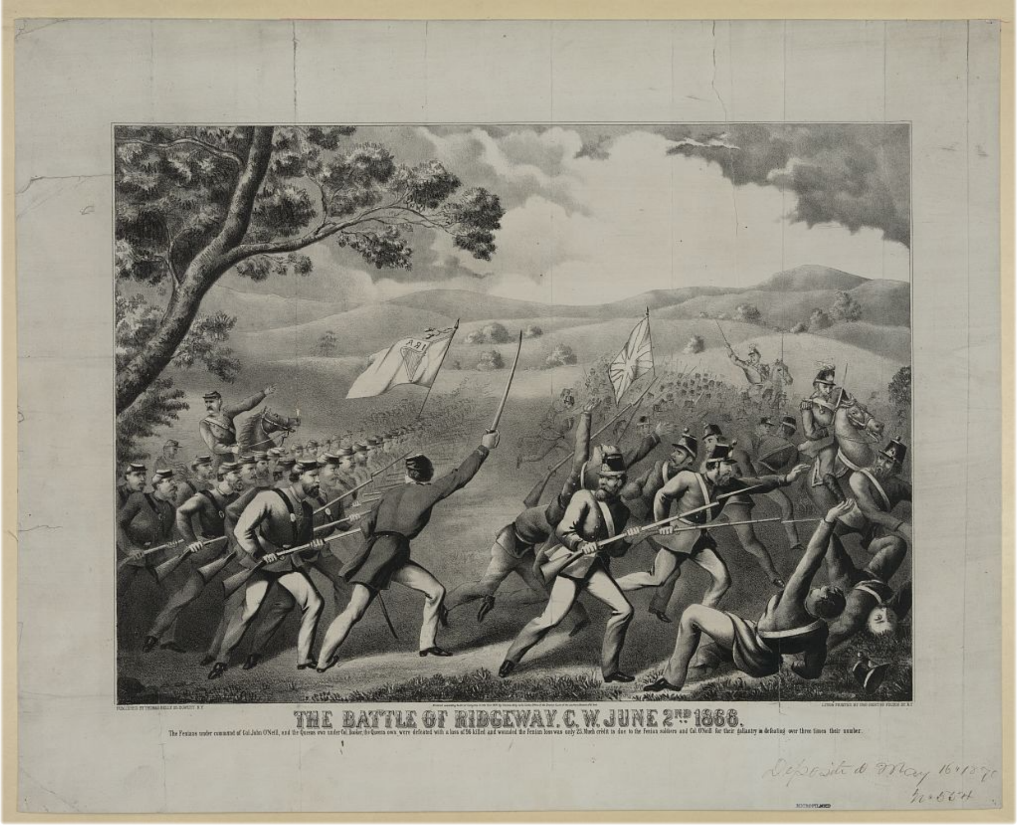
The battle of Ridgeway, C.W. June 2nd 1866 / lith. & printed by Chas. Hart 99 Fulton St., N.Y.
Image Via: Library of Congress Prints and Photographs Division Washington, D.C.
Mackay was reputedly a Freemason, but details of his admission into the Craft are currently sketchy, and perhaps a question mark should be appended to the appropriate part of the title page.
We are essentially reliant on references in the Masonic press over the years, which appear to suggest that he was.
Recent research, largely prompted by the present writer, found that he was not an initiate of Lodge Canongate Kilwinning, No. 2, Edinburgh; and the same initiative put paid to the notion he was the Charles H. Mackay, elected Poet Laureate of the Lodge in 1887.
The latter brother being an Edinburgh-based cigarette company representative, whose qualities to be elected Poet Laureate, this writer is not presently cognisant of.
Brother Robert (Rob) Morris, the American Freemason who was renowned for his Masonic writings and poems, and who many consider the Masonic Poet-Laureate of the United States of America, had this to say about the subject of Masonic poetry:
It is not too much to say that this branch of Masonic learning has been overlooked and neglected by Masonic writers.
The Order has had among its votaries: Walter Scott, Lamartine, Thomas Moore, William Cowper, James Hogg, Robert Burns, George D. Prentice, George P. Morris, Charles Mackay, James P Percival, and many others of poetic fame, – men whose effusions will survive while sweet sentiments, wedded to melodious diction, have any value; but the united efforts of all these poets applied to Masonic themes scarcely fill a dozen pages.
Burns wrote one Masonic ode, and rested. It is his “Adieu, a heart warm, fond adieu,” a piece so exquisitely affecting, so filled with Masonic imagery that we cannot read it without sensations of regret that he wrote no more.
Scott, Hogg, Moore, Mackay, none of them, so far as I know, ever contributed so much as a line to the poetry of Masonic literature.”
We do know that the Scots bard Robert Burns wrote more than one Masonic poem, and as far as Charles Mackay is concerned; whilst it might not be a Masonic poem in a pure sense, he did pen verse which certainly has Masonic relevance and which has taken its place within the lexicon of Masonic poetry.
It is difficult to believe that if Mackay was indeed a member of the Craft, that fact did not influence the composing of the famous verses of his poem: Tubal Cain: –
Old Tubal Cain was a man of might
In the days when the Earth was young;
By the fierce red light of his furnace bright
The strokes of his hammer rung;
And he lifted high his brawny hand
On the iron glowing clear,
Till the sparks rushed out in scarlet showers
And he fashioned the sword and spear.
And he sang “Hurrah for the handiwork!
Hurrah for the spear and sword!
Hurrah for the hand that shall wield them well,
For he shall be king and lord!”
To Tubal Cain came many a one,
As he wrought by his roaring fire;
And each one prayed for a strong steel blade
As the crown of his desire.
And he made them weapons sharp and strong,
Till they shouted loud for glee,
And gave him gifts of pearl and gold,
And spoils of the forest free;
And they said, “Hurrah for Tubal Cain,
Who hath given us strength anew!
Hurrah for the smith, Hurrah for the fire,
And Hurrah for the metal true!”
But a sudden change came o’er his heart
Ere the setting of the sun,
And Tubal Cain was filled with pain for
The Evil he had done;
He saw that men, with rage and hate,
Made war upon their kind,
That the land was red with the blood they shed,
In their lust for carnage blind.
And he said, “Alas! that ever I made,
Or the skill of mine should plan,
The spear and the sword for men whose joy
Is to slay their fellow-man.”
And for many a day old Tubal Cain
Sat brooding o’er his woe;
And his hand forbore to smite the ore,
And his furnace smouldered low.
But he rose at last with a cheerful face,
And a bright courageous eye,
And bared his strong right hand for work
While the quick flames mounted high!
And he sang, “Hurrah for my handicraft!”
And the red sparks lit the air;
“Not alone for the blade was the bright steel made!”
And he fashioned the first ploughshare.
And men, taught wisdom from the past,
In friendship joined their hands;
Hung the sword in the hall, the spear on the wall,
And ploughed the willing lands;
And sang, “Hurrah for Tubal Cain!
Our staunch good friend is he;
And for the ploughshare and the plough
To him our praise shall be;
But while oppression lifts its head,
Or a tyrant would be lord
Though we may thank him for the plough
We’ll not forget the sword!”
Interestingly, the poem was published within the pages of the ‘Little Masonic Library’, Vol. V (Macoy Publishing & Masonic Supply Co. Inc. 1924, 1946, 1977) in which it is reported that it had earlier been published in the Masonic Bulletin, Des Moines, Iowa, in April 1915, where the poet is referred to as Bro. Rev. Charles Mackey.
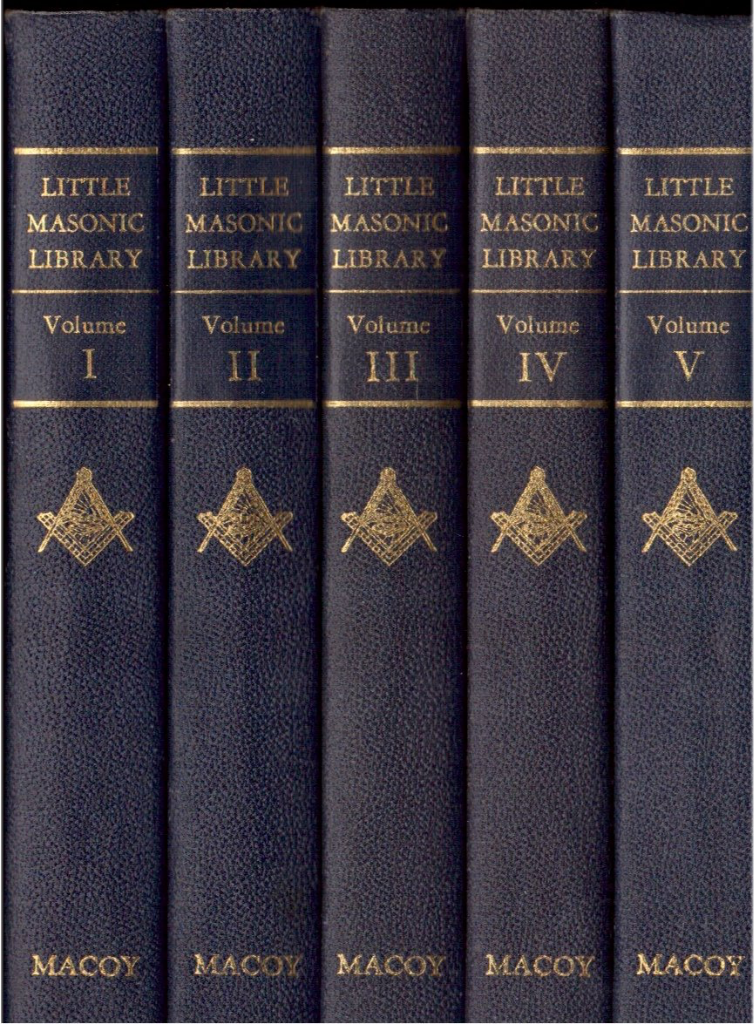
The Little Masonic Library, in Five Volumes – Macoy Publishing & Masonic Supply Company, 1946.
Mackay married twice, first during his time in Glasgow, to Rosa Henrietta Vale, with whom he had three sons and a daughter.
His second wife was Mary Elizabeth Mills who he married on 27 February 1861, and with whom he had a daughter Mary “Minnie” Mackay.
Mary is variously described as “illegitimate” or “adopted,” and there seems to be some speculation about whether she was born out of wedlock to Charles and his second wife; or whether she was born to Mackay’s first wife following their separation, and later adopted by Charles and his second wife, following Rosa’s death.
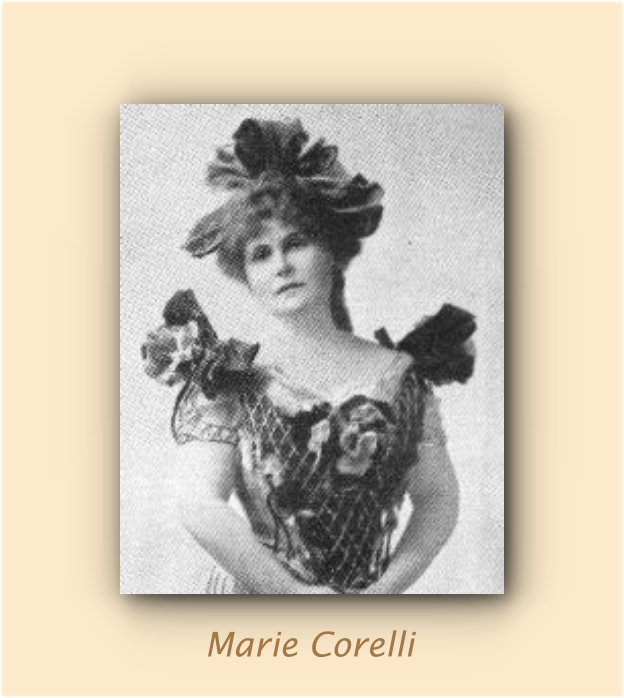
Marie Corelli, 1909 – photo in the public domain
In any event, Charles’ daughter ‘Minnie’ later became known publicly as Marie Corelli and while little known now, like her father, she became a very famous writer in her day; prompting one academic commentator to refer to her as;
“…an unparalleled literary phenomenon and it is arguable that during her time she was, after Victoria, the most famous woman in England.”
Charles Mackay died on 24 December, 1889.
Who was Tubal Cain?
Tubal-cain or Tubalcain (Hebrew: תּוּבַל קַיִן – Tū́ḇal Qáyin) is a person mentioned in the Bible, in Genesis 4:22, known for being the first blacksmith.
He is stated as the “forger of all instruments of bronze and iron”. A descendant of Cain, he was the son of Lamech and Zillah.
Tubal-cain was the brother of Naamah and half-brother of Jabal and Jubal. [Source – Wikipedia https://en.wikipedia.org/wiki/Tubal-cain]
Article by: Kenneth C. Jack
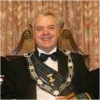
Kenneth C. Jack FPS is an enthusiastic Masonic researcher/writer from Highland Perthshire in Scotland.
He is Past Master of a Craft Lodge, Past First Principal of a Royal Arch Chapter, Past Most-Wise Sovereign of a Sovereign Chapter of Princes Rose Croix.
He has been extensively published in various Masonic periodicals throughout the world including: The Ashlar, The Square, The Scottish Rite Journal, Masonic Magazine, Philalethes Journal, and the annual transactions of various Masonic bodies.
Kenneth is a Fellow of the Philalethes Society, a highly prestigious Masonic research body based in the USA.

Recent Articles: Kenneth C. Jack
 Observations on the History of Masonic Research Archaeology is often associated with uncovering ancient tombs and fossilized remains, but it goes beyond that. In a Masonic context, archaeology can be used to study and analyze the material culture of Freemasonry, providing insight into its history and development. This article will explore the emergence and evolution of Masonic research, shedding light on the challenges faced by this ancient society in the modern world. |
 Anthony O'Neal Haye – Freemason, Poet, Author and Magus Discover the untold story of Anthony O’Neal Haye, a revered Scottish Freemason and Poet Laureate of Lodge Canongate Kilwinning No. 2 in Edinburgh. Beyond his Masonic achievements, Haye was a prolific author, delving deep into the history of the Knights Templar and leaving an indelible mark on Scottish Freemasonry. Dive into the life of a man who, despite his humble beginnings, rose to prominence in both Masonic and literary circles, leaving a legacy that continues to inspire. |
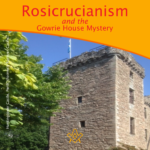 Rosicrucianism and the Gowrie House Mystery Unearth the mystifying intersections of Rosicrucianism and the infamous Gowrie House Mystery. Dive into speculative claims of sacred knowledge, royal theft, and a Masonic conspiracy, harking back to a fateful day in 1600. As we delve into this enthralling enigma, we challenge everything you thought you knew about this historical thriller. A paper by Kenneth Jack |
 Thomas Telford's Masonic Bridge of Dunkeld Of course, there is no such thing as a ‘Masonic Bridge’; but if any bridge is deserving of such an epithet, then the Bridge of Dunkeld is surely it. Designed by Scotsman Thomas Telford, one of the most famous Freemasons in history. |
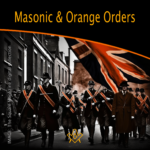 The masonic and orange orders: fraternal twins or public misperception? “Who’s the Mason in the black?” |
 Kenneth Jack's research reveals James Murray, 2nd Duke of Atholl – the 'lost Grand Master' |
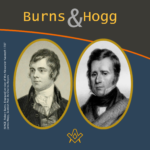 An Oration delivered to the Annual Burns and Hogg Festival, at Lodge Canongate Kilwinning, No. 2, Edinburgh, on 24 January 2018. By Bro. Kenneth C. Jack, FSAScot FPS, Past Master, Lodge St. Andrew, No. 814, Pitlochry. |
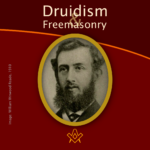 William Winwood Reade was a Scottish philosopher, historian, anthropologist, and explorer born in Crieff, Perthshire, Scotland. The following article by Kenneth Jack, provides some hints that William may have been a Freemason, but there is presently no definitive evidence he was. |
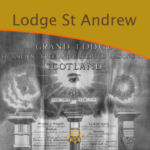 What's in a name? A brief history of the first Scottish Lodge in Australia - By Brother Kenneth C. Jack, Past Master, Lodge St. Andrew, No. 814, Pitlochry |
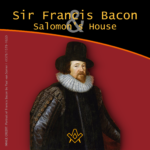 Sir Francis Bacon and Salomon’s House Does Sir Francis Bacon's book "The New Atlantis" indicate that he was a Rosicrucian, and most likely a Freemason too? Article by Kenneth Jack |
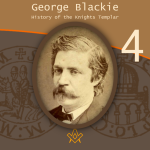 George Blackie – The History of the Knights Templar P.4 The final part in the serialisation of George Blackie's 'History of the Knights Templar and the Sublime Teachings of the Order' transcribed by Kenneth Jack. |
 George Blackie – The History of the Knights Templar P.3 Third part in the serialisation of George Blackie's 'History of the Knights Templar and the Sublime Teachings of the Order' transcribed by Kenneth Jack. |
 George Blackie – The History of the Knights Templar P.2 Second part in the serialisation of George Blackie's 'History of the Knights Templar and the Sublime Teachings of the Order' transcribed by Kenneth Jack. |
 George Blackie – The History of the Knights Templar P.1 First part in the serialisation of George Blackie's History of the Knights Templar and the Sublime Teachings of the Order – by Kenneth Jack |
 Little known as a Freemason, Bro Dr Robert ‘The Bulldog’ Irvine remains a Scottish rugby legend, and his feat of appearing in 10 consecutive international matches against England has only been surpassed once in 140 years by Sandy Carmichael. |
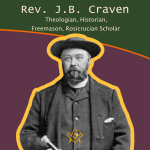 Rev. J.B. Craven: Theologian, Historian, Freemason, And Rosicrucian Scholar Archdeacon James Brown Craven is one of those unsung heroes of Scottish Freemasonry about whom very little has been previously written – here Kenneth Jack explores the life and works of this remarkable esoteric Christian. |
 Discover the powerful family of William Schaw, known as the 'Father of Freemasonry' |
 This month, Kenneth Jack invites us to look at the life of Sir William Peck; - astronomer, Freemason and inventor of the world's first electric car. A truly fascinating life story. |
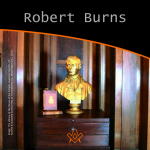 A Tribute to Scotland's Bard – The William Robertson Smith Collection With Burns' Night approaching, we pay tribute to Scotland's most famous Bard – The William Robertson Smith Collection |
 The Joy of Masonic Book Collecting Book purchasing and collecting is a great joy in its own right, but when a little extra something reveals itself on purchase; particularly with regards to older, rarer titles.. |
 Masons, Magus', and Monks of St Giles - who were the Birrell family of Scottish Freemasonry? |
 The 6th Duke of Atholl - Chieftain, Grand Master, and a Memorial to Remember In 1865, why did over 500 Scottish Freemasons climb a hill in Perthshire carrying working tools, corn, oil and wine? Author Kenneth Jack retraces their steps, and reveals all. |
 Charles Mackay: Freemason, Journalist, Writer Kenneth Jack looks at life of Bro Charles Mackay: Freemason, Journalist, Writer, Poet; and Author of ‘Tubal Cain’. |
 A Mother Lodge and a Connection Uncovered, a claim that Sir Robert Moray was the first speculative Freemason to be initiated on English soil. |
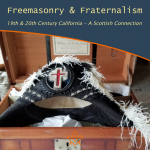 What is it that connects a very old, well-known Crieff family, with a former President of the United States of America? |
 The life of Bro. Cattanach, a theosophist occultist and Scottish Freemason |
 The Mysterious Walled Garden of Edzell Castle Explore the mysterious walled garden steeped in Freemasonry, Rosicrucianism, and Hermeticism. |
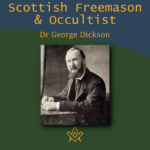 Dr. George Dickson: Scottish Freemason and Occultist Bro. Kenneth explores the life of Dr George Dickson a Scottish Freemason and Occultist |
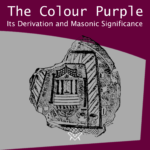 The Colour Purple - Its Derivation and Masonic Significance What is the colour purple with regards to Freemasonry? The colour is certainly significant within the Royal Arch series of degrees being emblematical of Union. |
 Bridging the Mainstream and the Fringe Edward MacBean bridging mainstream Freemasonry with the fringe esoteric branches of Freemasonry |
 Freemasonry in the Works of John Steinbeck We examine Freemasonry in the Works of John Steinbeck |
 Renegade Scottish Freemason - John Crombie Who was John Crombie and why was he a 'renegade'? |
 Scottish Witchcraft And The Third Degree How is Witchcraft connected to the Scottish Third Degree |
masonic knowledge
to be a better citizen of the world
share the square with two brothers

click image to open email app on mobile device


